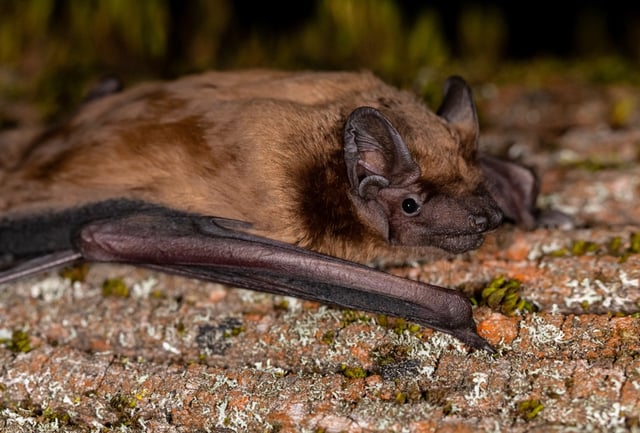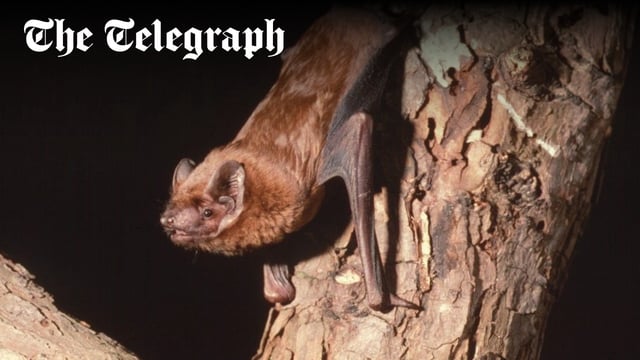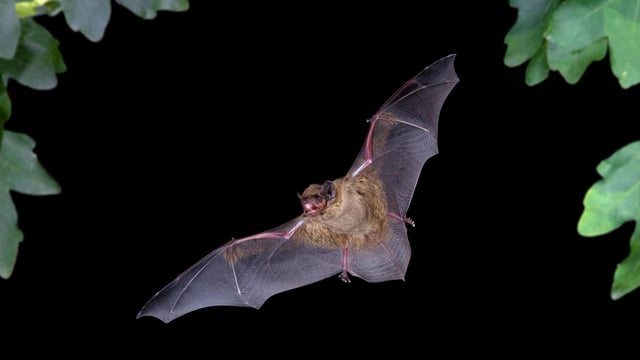Overview
- Scientists tracked 71 noctule bats across Europe using lightweight sensors to study their spring migration behavior over three years.
- The bats were found to use warm storm fronts, taking advantage of tailwinds to conserve energy during their long flights.
- Unlike birds, bats do not follow fixed migration corridors and must stop frequently to feed, resulting in sporadic travel patterns.
- The study revealed that bats leave en masse on nights with dropping air pressure and rising temperatures, signaling incoming storms.
- Findings could inform conservation efforts, such as adjusting wind turbine operations to reduce bat fatalities during migration.


